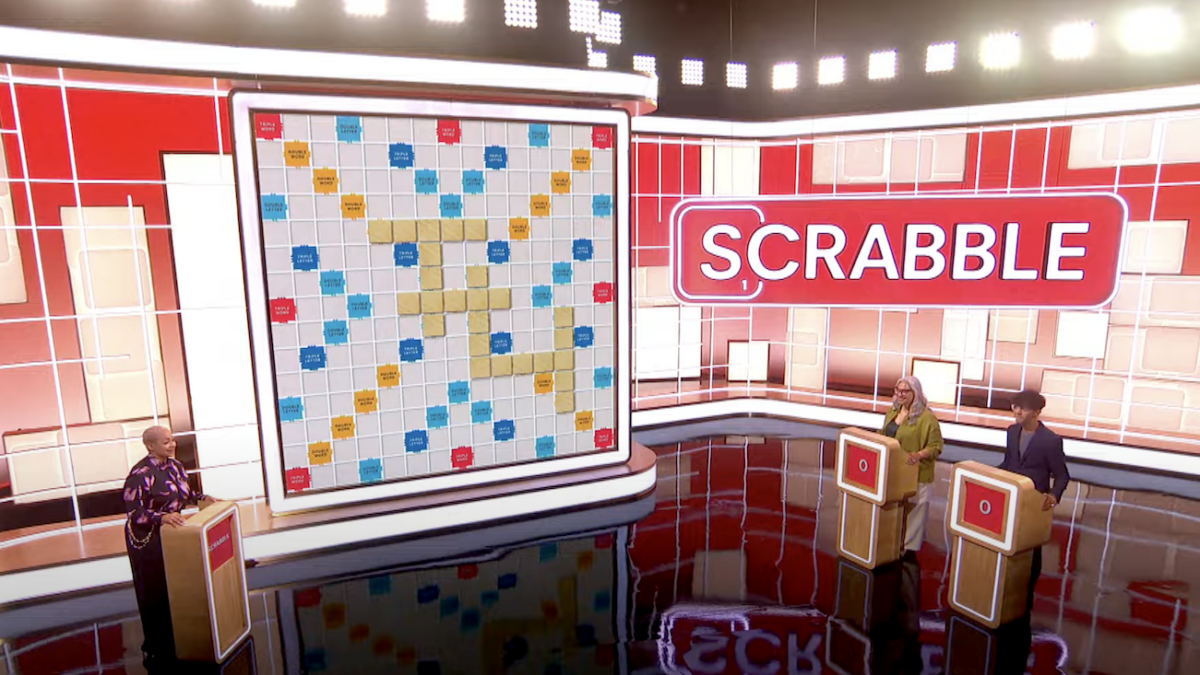
“Euphoria” is poised to be Gen Z’s “Dawson’s Creek,” a show that shocks adults with allegedly representative depictions of a young generation’s debauchery. But take heart: while it’s definitely shocking, “Euphoria” is hardly representative.
“Dawson’s” debut looks quaint in comparison. Ahead of its premiere in 1998, Entertainment Weekly described the show as the “frankest depiction of teenage sexuality ever seen on the small screen.” Headline: “Dawson’s Creek, The WB’s new teen drama, poised to shock.” But even scenes like this one have nothing on “Euphoria,” which is a little less talk and a lot more action. The headlines are the same, though.
“Euphoria” isn’t airing on network television, or during the reign of the monoculture. That means there’s more nudity (so much nudity) and fewer viewers. But it’s doing surprisingly well, and in an interesting way too.
The Hollywood Reporter noted that while “Euphoria’s” premiere managed to nab 577,000 viewers live, its audience grew massively over the course of the week. “Replays and streaming on Sunday pushed the first-night total to just under 1 million viewers, according to HBO. Since then, Euphoria has more than doubled its first-night audience and now stands at 2.3 million viewers through Thursday, a gain of 130 percent,” THR observed last week.
The viewing habits of its Gen Z audience may be the extent of “Euphoria’s” representative value. Make no mistake, the show is aiming to define a generation. The opening sequence depicts its lead character’s birth, three days after 9/11, spliced together with footage of the attacks. “Euphoria’s” high schoolers deal with anxiety and porn and dabble in drugs and sex. Aesthetically, the show is dark, like a room lit by the glow of a smartphone. It’s very sad.
“B-tch, this isn’t the ’80s,” one character says to another. “You need to catch a d-ck.” If that reflects Gen Z’s perception of the times, it doesn’t reflect reality. Far from it. As The New York Times points out, “the rates of sex — and particularly risky sex — among teenagers are lower now than they were then.” The Times continues:
The percentage of high school juniors who have ever had sexual intercourse has declined to 42 percent from 62 percent since 1991, according to a national survey of teenagers conducted by the Centers for Disease Control and Prevention. And the number having sex with multiple partners has fallen: Fewer than 11 percent of high school juniors have had four or more partners, down from 22 percent in 1991. More teenagers who are having sex are using contraception. And the rates of teenage birth have fallen by more than half.
The show also features heavy drug and alcohol use. The Times debunks the representative value there too:
…the use of nearly every type of drug, including alcohol and tobacco, has been falling among teenagers for decades, according to a longstanding survey conducted by researchers at the University of Michigan.
In Episode 1, Rue and Jules use a hallucinogen. Only 0.5 percent of 10th graders now report having used a hallucinogen in the last month. That’s about a third of the rate in the late 1990s. In 2018, only 19 percent of 10th graders reported having consumed an alcoholic beverage in the prior 30 days, down from more than 40 percent in the 1990s.
As the Times notes, “Euphoria’s” focus on both suicide (“The suicide rate among adolescents is currently at its highest level in 20 years based on available C.D.C. data.”) and marijuana (“Teenagers seem to smoke pot at around the same rate that they did a generation ago, with just over one in four 10th graders reporting any use in the last year.”) matches today’s teenage experience more closely.
Of course, some fraction of Gen Z is partaking in the behavior depicted on “Euphoria”— and the rest of the kids in school are hearing about it. Fictionalized television will always be more extreme than reality. But our fabled, once-in-a-decade teen soaps have the power to define generations. “Euphoria” knows this. So why is the show’s Gen Z borderline unrecognizable?
Perhaps it’s because the world just feels darker. As we adapt to the dramatic lifestyle changes induced rapidly by Silicon Valley, uncertainty reigns. There’s discomfort. Gen Z is stressed out. Maybe the mood of “Euphoria” matches the mood of today’s teens, even if the behavior doesn’t.









